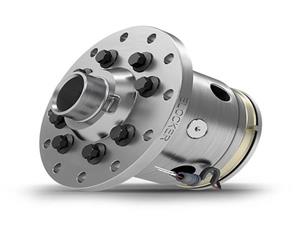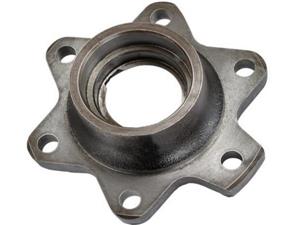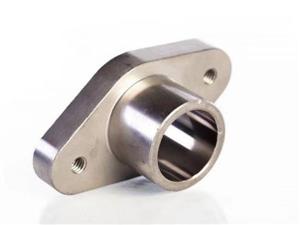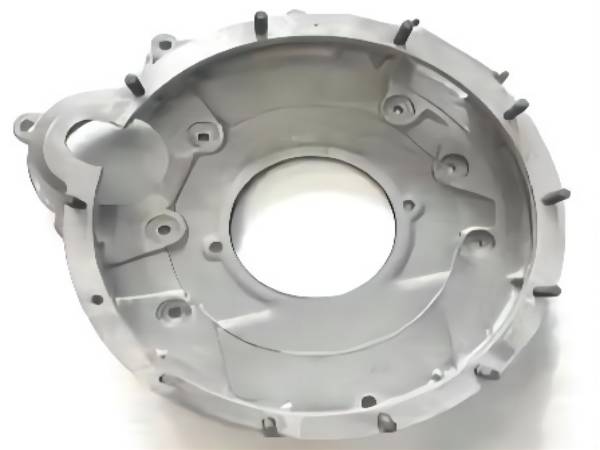What are the casting processes and their advantages and disadvantages
What are the casting processes and their advantages and disadvantages
Casting process is a manufacturing method that injects molten metal into molds and cools and solidifies, widely used in fields such as automobiles, machinery, aerospace, etc. The following will introduce several common casting processes and their advantages and disadvantages.
1. Sand casting: Sand casting is one of the most common casting processes, which involves filling the mold with wet sand and compacting it, then injecting molten metal into the sand mold. This process has low cost and high flexibility, making it suitable for the production of most metal castings. However, the surface quality of sand casting is relatively rough, which may not be suitable for some high-precision parts.
2. Metal mold casting: Metal mold casting is the process of manufacturing castings using metal molds. Metal mold casting can provide higher precision and surface quality, suitable for manufacturing high demand parts. However, the cost of metal mold casting is higher and the mold manufacturing time is longer.
3. Die casting: Die casting is a process of manufacturing parts by injecting molten metal into high-pressure molds. Die casting can produce parts with complex shapes and high precision requirements, with good surface quality. However, the cost of die-casting equipment and molds is relatively high, making them suitable for mass production.
4. Vacuum casting: Vacuum casting is a casting process carried out in a vacuum environment. This process can avoid the generation of defects such as pores and oxidation, providing high-quality castings. Vacuum casting is suitable for the manufacturing of special materials such as high-temperature alloys and stainless steel, but it consumes a lot of equipment and energy.
5. Investment casting: Investment casting is a process of manufacturing parts by melting molds. Investment casting can produce parts with complex internal structures and high precision requirements. However, the cost of investment casting is higher and the mold manufacturing time is longer.
In summary, different casting processes have their own advantages and disadvantages. Choosing an appropriate casting process requires considering factors such as the material, shape, size, and quality requirements of the parts, and conducting economic and technical evaluations. With the advancement of technology, casting processes are also constantly developing to meet the constantly increasing manufacturing needs.





